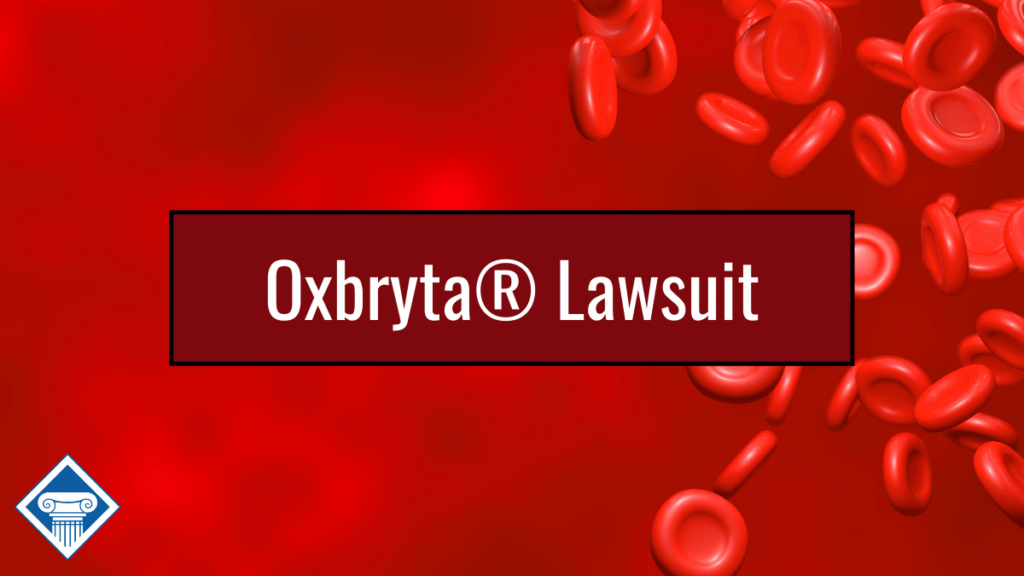Before the military, you didn’t have any issues. But now that you’ve left service, whenever you’re cold or stressed your fingers turn white, go numb, and start to tingle. These symptoms can be more than an annoyance – they can make it hard for you to complete daily tasks at home or work.
If you’re a veteran with Raynaud’s disease or Raynaud’s syndrome, you’ll want to understand the Raynaud’s syndrome VA rating. This article explains.

Our team is ready to help
In this article about the Raynaud’s syndrome VA rating:
What is Raynaud’s syndrome?
Raynaud’s syndrome is a condition that causes the blood vessels in the fingers and toes to narrow in response to cold or stress. It’s a relatively common condition that affects about 1 in 20 people in the U.S.
There are two types of Raynaud’s syndrome: primary and secondary. Primary Raynaud’s syndrome, also called Raynaud’s disease, typically causes mild symptoms that don’t risk damage to the blood vessels. The cause of primary Raynaud’s syndrome is unknown.
Secondary Raynaud’s syndrome, also known as Raynaud’s phenomenon, can be a more serious diagnosis, causing symptoms like skin ulcers or gangrene. This type of Raynaud’s syndrome is usually caused by underlying conditions, medications, or certain types of injuries.

Raynaud’s syndrome VA rating
The VA rates primary Raynaud’s syndrome using diagnostic code 7124 under the Schedule of Ratings for the cardiovascular system. Veterans can get a 0% or 10% primary Raynaud’s syndrome VA rating depending on the severity of symptoms.
The VA defines trophic changes as skin changes including thinning, atrophy, fissuring, ulceration, or hair loss, as well as nail deformities.
Secondary Raynaud’s disease is rated using diagnostic code 7117. Secondary Raynaud’s may be assigned a rating from 10-100% depending on severity and frequency of attacks.
Service connecting Raynaud’s for VA disability
Veterans may be able to service connect their Raynaud’s syndrome if the condition was caused or worsened by their military service.
Veterans with Raynaud’s syndrome, especially those with Raynaud’s phenomenon, may also be able to service connect the condition on a secondary basis. Veterans can receive a secondary service-connected disability rating for any health condition that is medically related to another service-connected condition.
While primary Raynaud’s has no known cause, secondary Raynaud’s is often the result of an underlying condition, including:
- Connective tissue diseases including rheumatoid arthritis and scleroderma
- Blood vessel diseases like peripheral artery disease
- Carpal tunnel syndrome
- Autoimmune disorders like lupus or Sjögren’s syndrome
- Thyroid disorders such as hypothyroidism
- Pulmonary hypertension
Additionally, secondary Raynaud’s syndrome can be caused by certain toxic exposures, lifestyle factors like smoking or taking certain medications, and doing repeated activities over long periods of time such as using vibrating tools like jackhammers or chainsaws.
Veterans who have suffered injuries to their hands or feet are also at a higher risk of developing secondary Raynaud’s syndrome.
Presumptive service connection for Raynaud’s disease
The VA considers some conditions, including primary Raynaud’s syndrome or Raynaud’s disease, presumptive for service connection if they develop within one year of discharge from the military and are assigned a rating of 10% or higher.
A presumptive service connection is granted when the VA admits certain conditions were caused by the circumstances of certain veterans. Unlike other service connections, you are not required to submit a medical nexus explaining the connection between your service and condition to get compensation.
It’s important to pay attention to when you start experiencing symptoms of an illness. If you do experience symptoms or receive a diagnosis of Raynaud’s syndrome within your first year after discharge, you could be eligible for a presumptive service connection.
TDIU for Raynaud’s syndrome
A veteran can be awarded total disability based on individual unemployability (TDIU) benefits if they can’t maintain “substantially gainful employment” due to their service-connected conditions.
Veterans with severe secondary Raynaud’s syndrome that makes it hard or even impossible for them to maintain a job may be eligible for TDIU.
Veterans who receive TDIU benefits are compensated at the same level as those with a 100% disability rating, even though their combined rating is below 100%.
Veterans will typically be eligible for TDIU if they have:
- At least one service-connected disability rated at 60% or more disabling OR
- Two or more service-connected disabilities with at least one rated at 40% or more disabling and a combined rating of 70% or more
“They made me feel like I was important and that my claim was important. With the VA process as complicated and time-consuming as it is, Woods & Woods was there for me every step of the way. I thank them very much for their hard work and compassion. I could have never done this on my own.”

D.W., Navy veteran from South Carolina
From a Google review for Woods & Woods
How Woods & Woods can help
Woods & Woods has been fighting for people with injuries and disabilities since 1985. Our team of accredited VA disability lawyers, case managers, legal analysts, and intake specialists know the ins and outs of the VA so you don’t have to do all the hard work. Call us today for your free and confidential case evaluation.
Don’t fight the VA alone

Frequently asked questions
The VA will assign a Raynaud’s VA rating based on whether you have primary or secondary Raynaud’s. Primary Raynaud’s, or Raynaud’s disease, can be rated 0% or 10%. Secondary Raynaud’s, also known as Raynaud’s phenomenon, can receive a rating between 10-100% depending on its severity.
If you developed primary Raynaud’s, also known as Raynaud’s disease, within one year of discharge from the military, you may be eligible for a presumptive Raynaud’s disease VA disability rating.







